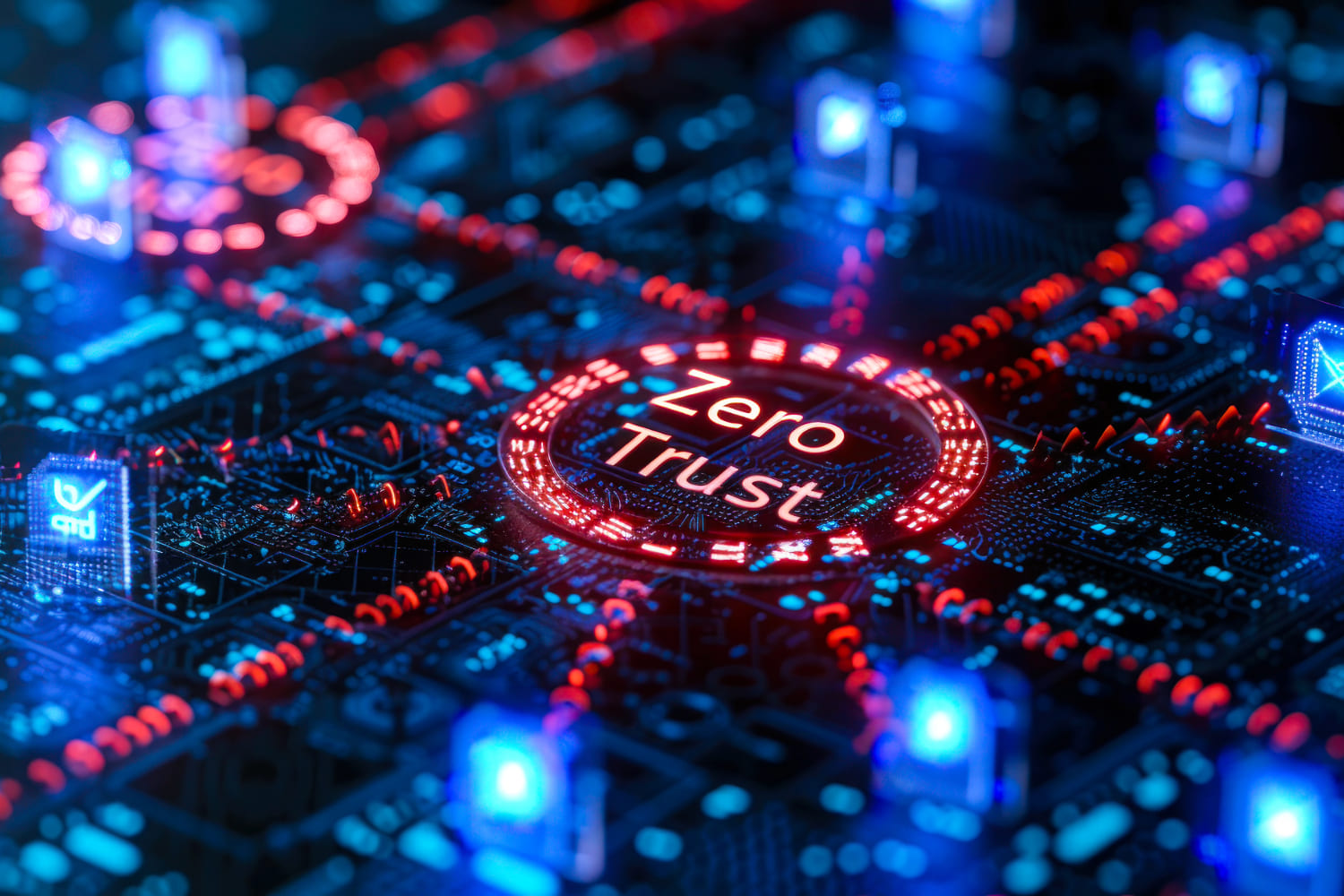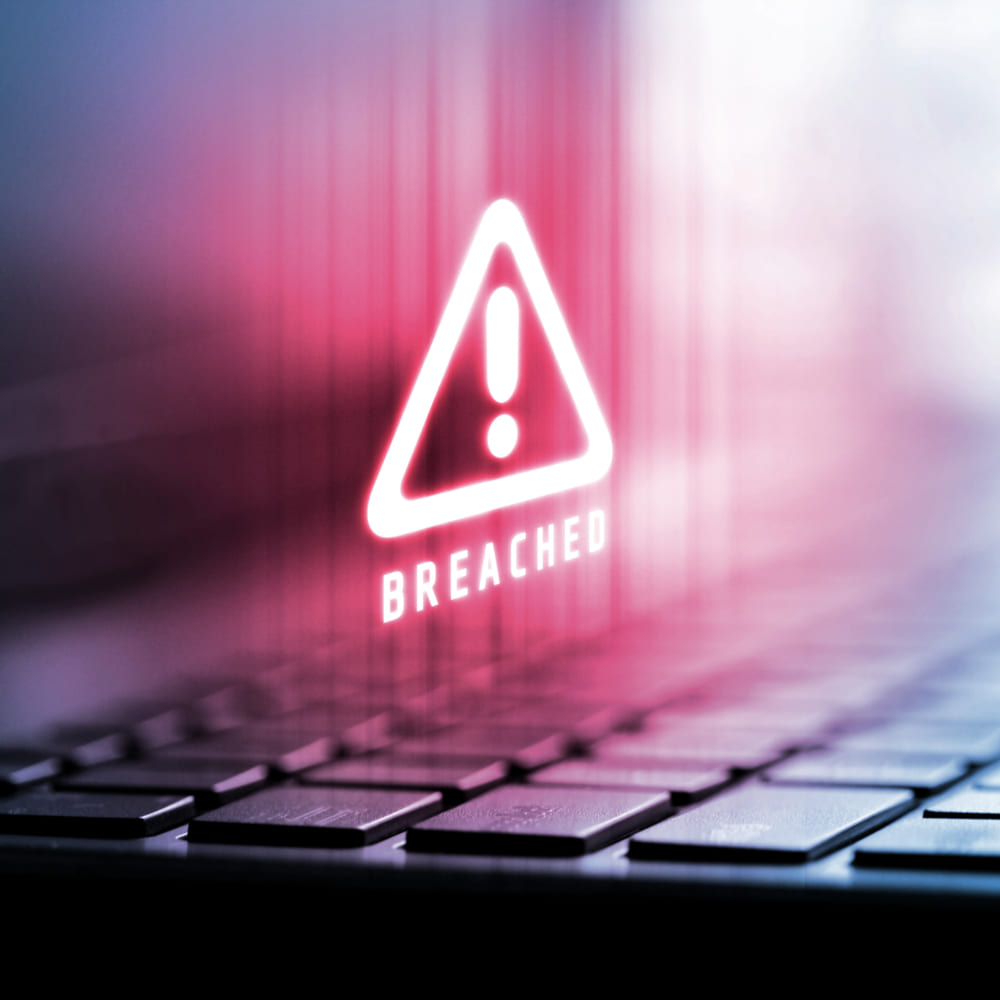An Israeli identity verification company suffered an attack that compromised the personal data of millions of users of popular apps.
Zero Trust Architecture: a modern approach to cybersecurity

Traditional perimeter-based cybersecurity approaches have become increasingly ineffective. This is why Zero Trust Architecture has been gaining traction as a fundamental strategy for protecting organisations’ data and assets.
What is Zero Trust architecture?
Z
ero Trust Architecture is based on a fundamental principle: trust nothing and no one by default. In this model, every user, device, and permission request are rigorously verified and authenticated before being granted any type of access to network resources. This means that even within the network perimeter, users can only access the resources for which they have been explicitly authorised.
The term “Zero Trust” was coined by John Kindervag in 2010 while he was working as a research analyst at Forrester Research. Kindervag developed the concept in response to the growing limitations of traditional security models, which operated under the assumption that everything within the network perimeter was secure. However, with the rise of insider threats and the widespread use of mobile devices and cloud services, this assumption proved to be inadequate. Consequently, Kindervag sought a term that would refer to stricter cybersecurity schemes. Nonetheless, it would take another decade for the concept to gain traction in relevant studies and companies.
What are the benefits of Zero Trust architecture
Adopting a Zero Trust architecture offers numerous benefits to organisations, including:
- Enhanced security: By eliminating implicit trust, Zero Trust architecture significantly reduces the attack surface and makes it more difficult for cybercriminals to gain access to confidential data and systems.
- Protection against insider threats: Zero Trust permeates every corner of the organisation. It not only protects against external threats but is also effective in mitigating internal threats, such as malicious employees or compromised accounts.
- Improved compliance: Zero Trust architecture facilitates compliance with security and data privacy regulations, such as GDPR (General Data Protection Regulation) and PCI DSS (Payment Card Industry Data Security Standard).
- Increased agility: Zero Trust architecture allows for greater agility and scalability, making it easier to incorporate new users, devices, and applications into the network without compromising security.
Applications: security and compliance across all domains
Zero Trust architecture is a highly flexible system that can be applied in a wide range of environments.
- Corporate networks: The model isolates sensitive data, such as financial information, customer records, and intellectual property, through network segmentation and granular access control. This measure limits the exposure of these data in the event of a security breach. Additionally, it safeguards intellectual property by restricting access to authorised users and devices, protecting designs, source code, and trade secrets to prevent information leaks and theft. Moreover, it strengthens the security of critical systems, such as servers, databases, and enterprise applications, through multifactor authentication, deep traffic inspection, and intrusion prevention, thereby reducing the risk of cyberattacks that could damage or disable these systems.
- Cloud networks: Zero Trust architecture minimises the attack surface by eliminating open access and restricting access only to authorised users and devices, making it more difficult for cybercriminals to find vulnerable points to exploit. It also protects cloud networks against sophisticated attacks, such as phishing, malware, and ransomware, through continuous identity verification and user behaviour analysis, allowing for the detection and prevention of threats before they can cause harm. Additionally, it facilitates compliance with cloud regulations, such as PCI DSS and HIPAA (Health Insurance Portability and Accountability Act), by ensuring that only authorised users and devices can access sensitive data.
- Internet of Things (IoT): Zero Trust architecture protects IoT devices, which are often vulnerable to cyberattacks, by applying rigorous security measures such as device authentication, data encryption, and update management. It also prevents chain attacks, where a compromised IoT device is used to access other devices on the network, through network segmentation and granular access control. Furthermore, it ensures the secure collection and analysis of data from IoT devices by encrypting communications and applying strict access controls, thereby protecting data privacy and preventing the misuse of information.
How TrustCloud implements Zero Trust
At TrustCloud, information security is an absolute priority. We have implemented a robust, multi-layered security system that combines the latest technologies and methodologies to protect our users, data, and systems. Our model considers the following factors:
- Zero trust network access (ZTNA): At the core of our strategy, we employ Cloudflare as a Zero Trust Network Access (ZTNA) solution. This tool acts as a protective barrier that authenticates and verifies the identity of each user and device before allowing access to network resources.
- Advanced email protection with Area 1: We enhance our security with the Area 1 email protection solution, which provides comprehensive defence against threats such as phishing, malware, and data loss.
- Link isolation: When a link is clicked, Area 1 isolates it in a secure environment and executes it without risking the device or corporate network. Users can view the content safely while Area 1 analyses the page for suspicious activities.
- AI-powered phishing detection and blocking: We utilise advanced machine learning algorithms to accurately identify and block phishing emails. Suspicious emails are automatically intercepted, preventing them from reaching users’ inboxes and compromising their security.
- Malware scanners and data loss prevention (DLP): Area 1 integrates powerful malware scanners that examine attachments. If a malicious program is detected, the file is blocked to prevent infection of devices or the network. Additionally, Area 1 offers DLP protection to prevent the accidental or intentional loss of confidential data. Its DLP solution automatically identifies and blocks the transmission of sensitive information via email.
- Cloud deployment for ease of use and scalability: Our solution is easily managed and does not require software installation on users’ devices. It also adjusts automatically to meet the organisation’s changing needs.
- Ongoing phishing awareness and training: At TrustCloud, we understand that beyond technology, education and awareness are crucial in the fight against cyber threats. Therefore, we conduct comprehensive training and awareness programmes to ensure our team is always prepared and up-to-date on the latest phishing dangers and techniques.
Implementing a Zero Trust Architecture is not a simple process. It requires careful planning and execution, as well as investment in the appropriate tools and technologies.
Contact our cybersecurity experts now to prevent your company from being exposed to threats



























This Post Has 0 Comments